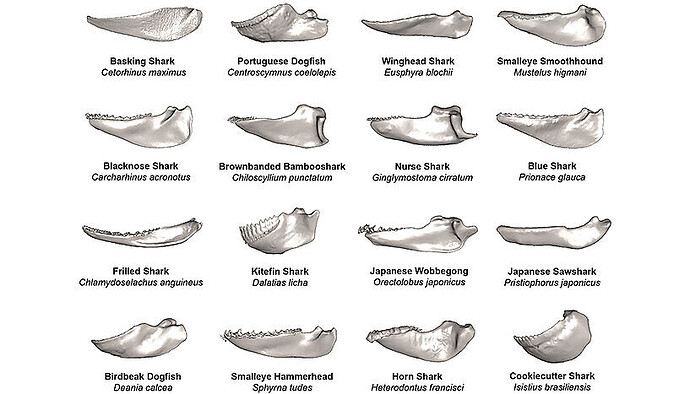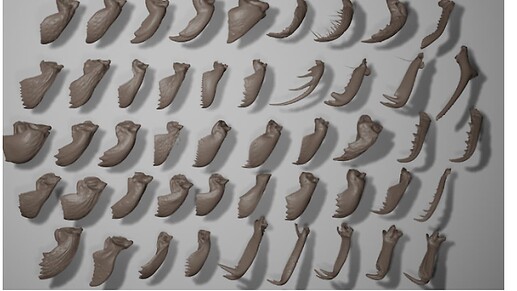Some of the developers have been having discussions on the macroscopic editor on the developer forums. I’ve been posting a series of concepts on the thread detailing ways we can deal with different aspects of the editor, as well as important biological phenomena to prioritize.
The posts highlighted before are what I consider to be the most recent takes on the macroscopic editor, relevant to this discussion:
I want to first note that the ideas in the post aren’t guaranteed to be what the actual macroscopic editor looks like, and currently, any conceptualized mechanic in those posts is exactly what a “concept” is supposed to be: a potential idea to deal with the macroscopic editor, being explored, expanded, and critiqued, until it is ultimately accepted or rejected. We could decide to throw away every idea in those posts tomorrow if we decide that isn’t the direction we want to take Thrive. So don’t take an explanation given in this thread or the developer thread as a bonafide explanation of how your favorite adaptation will be handled.
With that said, here’s the point of this thread! Name your favorite adaptation, anatomical structure, body plan, etc. in the animal kingdom, and I’ll try to give a take on how it could work in Thrive, working with the mechanics that were conceptualized in those developer posts. This is based off more recent community discussion in this community post: Comments on Specific Development Forum Posts - #239 by Deus
Where a lot of recent questions and points seem to be asking on how a certain jaw, limb, appendage, etc. seen in the animal kingdom might be implemented. I’ve been finding these sort of questions to be useful for these reasons:
-
It lets me know what sort of organisms the community is hoping to create. Our priority system focuses on more widespread adaptations first, meaning certain niche adaptations, even if they are cool, might be neglected. If enough of the community really wants a certain, more niche trait, and if that trait is possible to implement, then it could be worth to investigate the feasibility of implementing that trait.
-
It’s directly testing and aiding the robustness of the mechanics described in the concept. If a requested adaptation fits nicely within the concepts highlighted, that lets me have more faith that the concept is capable of portraying a significant diversity of lifeforms. If a certain adaptation is difficult to fit with the existing concept (and the adaptation isn’t completely niche), that reveals a limitation of the concept that could potentially be fulfilled.
-
It helps to inform on what direction should be taken when it comes to filling out the editor catalogue/tools. If we notice a theme on the adaptations mentioned, that lets us know that a specific portion of the editor should be more fleshed out.
-
It gives new perspective on the concept. Us developers can only think of so much; we can easily miss a lot of seemingly obvious things.
Overall, it’s a great way to see how strong this concept is, potentially giving us a good base understanding on how one of the most important and unique features in Thrive could work. So, bombs away - what are some adaptations you would want to see in Thrive?

